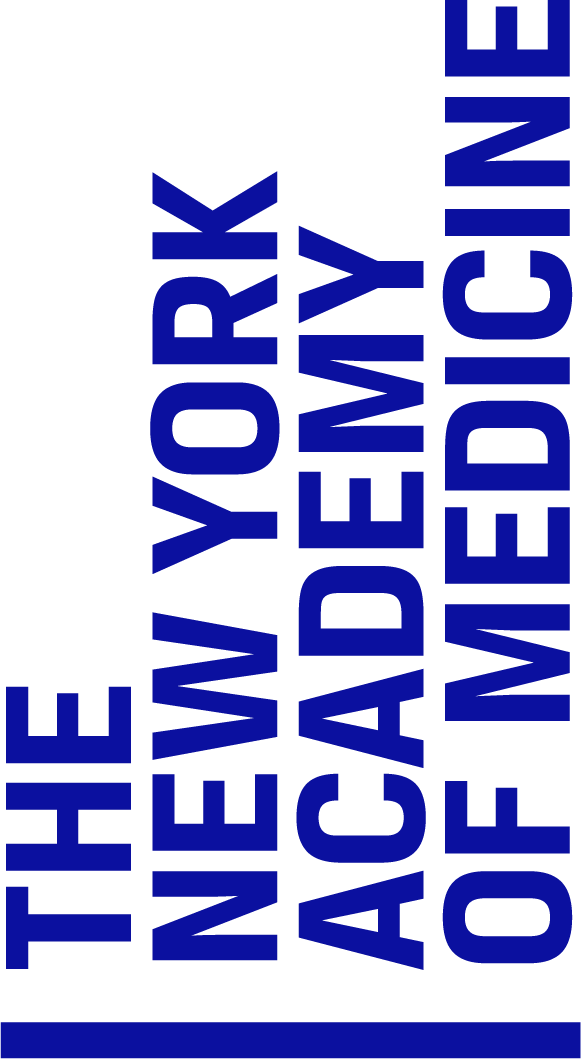Items
(1 - 2 of 2)
- Title
- Apicius [De re culinaria Libri I-IX]
- Description
- This manuscript contains 500 Greek and Roman recipes from the fourth and fifth century, both culinary and medical, reflecting the polyglot culture of the Mediterranean basin. Sometimes referred to as the oldest extant cookbook in the West, the manuscript is divided into ten books. It is likely that the Apicius began as a Greek collection, mainly written in Latin, and adapted for a Roman palate. The collection is likely compiled from many sources, as no evidence exists that Apicius (a Roman gourmet in 1st century AD), authored a book of cookery. Our manuscript was penned in several hands in a mix of Anglo-Saxon and Carolingian scripts at the monastery at Fulda (Germany) around 830 AD. It is one of two manuscripts (the other at the Vatican) presumed to have been copied from a now lost common source. The Apicius manuscript is the gem of the Academy’s Margaret Barclay Wilson Collection of cookery, acquired in 1929.
- Subjects (LC)
- Cookbooks, Cooking, Latin peoples, Cooking, Mediterranean, Cooking, Roman, Early works to 1800, Manuscripts, Medicine
- Title
- Here biginneth the inventorie or the collectorye in cirurgicale parte of medicene compiled and complete in the yere of oure Lord
- Description
- An illuminated and illustrated manuscript of the Chirurgia magna, or great surgery, by Guy de Chauliac. Attempting in the Chirurgia to collect the best medical ideas of his time, he compiled sources from Arabic and Greek writers, including Rhazes, Avicenna, Hippocrates, Aristotle and others. Guy wrote the first text of the Chirurgia in Latin at Montpellier, in approximately 1363. This text was published in many editions and remained the authoritative text on surgery through the seventeenth century. It consists of 181 pages of English black letter in double columns and lines lightly ruled in red. It is ornately illuminated in gold and silver with finely decorated floral borders and large floriated initials, heightened with gold leaf. The manuscript includes 24 drawings of surgical instruments. The calf binding dates to Henry VIII’s reign or to the Elizabethan era. The original brass and leather clasps are engraved with stars and lion heads. There has been dispute about the manuscript’s date, with authorities dating it between the late 14th and second half of the 15th century. The manuscript was sold with the Streeter collection to the New York Academy of Medicine in 1928.
- Subjects (LC)
- Early works to 1800, Illumination of books and manuscripts, Manuscripts, Medical illustration, Medicine, Medicine—History, Medicine, Medieval, Surgery—History, Surgical instruments and apparatus

![Apicius [De re culinaria Libri I-IX]](https://digitalcollections.nyam.org/sites/default/files/styles/islandora_imagecache_image_style_medium/public/externals/e94d868fcb63667d50fbc5b57cc13ad0.png?itok=T9FSZFsx&pid=islandora:1116&iic=true&solr_nav%5Bid%5D=174740c021e2a3db9bd0&solr_nav%5Bpage%5D=0&solr_nav%5Boffset%5D=0)
